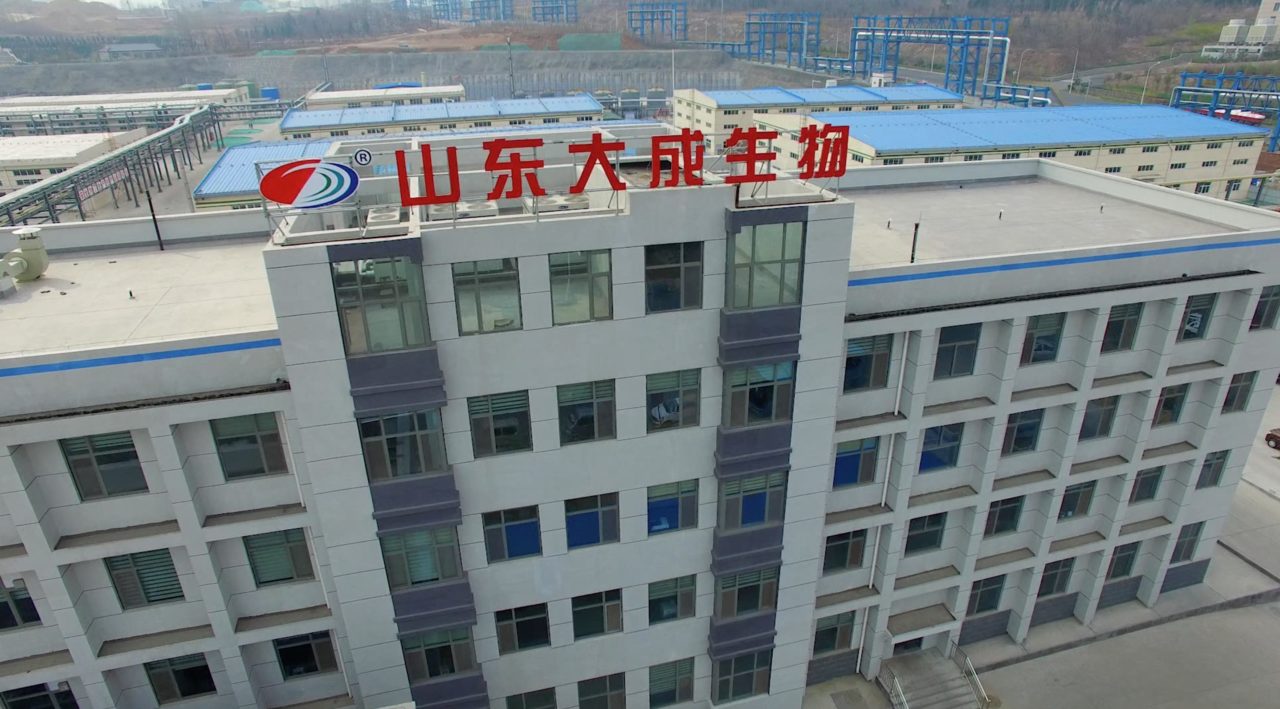CoBank Analyst Jacqui Fatka Offers Insights Into Key Crop Protection Trends in 2024
AgriBusiness Global recently caught up with Jacqui Fatka, Lead Industry Analyst for CoBank’s Knowledge Exchange Division. Fatka provided insights into key trends and challenges shaping the global ag input landscape, from the decrease in fertilizer prices to planting numbers rebalancing in South America, as well as challenges like dicamba-related issues, EPA’s proposed herbicide strategy, and resistance concerns.
ABG: In the global crop protection sector, what opportunities are you seeing for 2024?
Jacqui Fatka: A major market for crop protection is in Brazil and Argentina. They’re really looking to rebalance after the destocking that occurred in 2023, and part of that was because of the drought. A lot of the crops in that region are planted as a double crop. If the weather isn’t favorable, if there’s not enough moisture to put that double crop in, they’re not going to plant. Then you have fewer inputs that are required. The whole crop industry is really rebalancing this destocking. A lot of companies have talked about that in their latest financials.
They’re telling their investors that they’re hoping to see some improvement heading into 2024. A lot of that excess supply is now being worked through the market. Corteva, one of the major ones in this market, just recently had projected a 9% net sales decline primarily because of Latin America, because of some of this stock destocking. FMC is another major one in the market. They have seen some significant drop in their sales, and they’re rebalancing again, trying to reposition ahead.
ABG: What trends in crop protection, fertilizer, and biostimulants globally are you seeing for 2024?
Having trouble viewing this video? Please click here.
ABG: What challenges are anticipated in the upcoming year in crop protection?

Jacqui Fatka, CoBank’s Knowledge Exchange.
JF: A big issue is dicamba. It is a tool that’s used widely across the U.S., and a lot of states growing soybean and cotton are using it. In February, we saw a court ruling halt the use, saying that the EPA didn’t follow their proper commenting rules in 2020, when they issued on how it could be used. We found out in February that the EPA is going to allow the existing stocks to be sold.
Seed salesman working directly with the growers and a lot of seed companies have transitioned to seed varieties that allow dicamba to be sprayed. It’s kind of the new RoundUp. The seeds are designed to be able to withstand the spraying of dicamba, and those are built into the seed. If you don’t have the ability to spray dicamba, but your seed is resistant to that, you may not be able to knock out weeds.
The good news, at least for this year, is that they are going to allow the continued use of dicamba within existing stocks that were already sold, and a lot of producers do buy those in late fall and early spring, so that was a sigh of relief. It was estimated that dicamba is used on 45% of all of U.S. soy acres.
BASF, Bayer, and Syngenta all have dicamba products on the market, so several companies that are servicing the U.S. industry are affected. But if companies have extra stocks that didn’t get sold, it’s sitting in their warehouses, and they won’t be able to sell and ship it out.
That’s one situation. Another one is EPA’s proposed herbicide strategy in dealing with endangered species. This will limit what kinds of products can be used, but then also the mitigation efforts. The strategy has had some troubling parts. Growers especially have expressed some concerns from their different commodity groups.
An endangered species might be in one little part of a county; however, the whole county or region of a state might be impacted by the potential of that endangered species. If the EPA starts limiting tools in the toolbox that really do have environmental benefits because of another environmental concern, this is really something that is quite concerning for producers.
We’re also starting to see RoundUp resistance, and growing resistance, because of how it was applied. We need new technologies to help farmers. There are also environmental benefits for growers using no till, but to do that, growers need to have a seed that can be resistant to weeds that they spray over with one pass instead of running the cultivator over that ground to get those weeds out.
ABG: How could Argentina’s shift in economic polices impact its role in the global market for soybean meal?
Having trouble viewing this video? Please click here.





